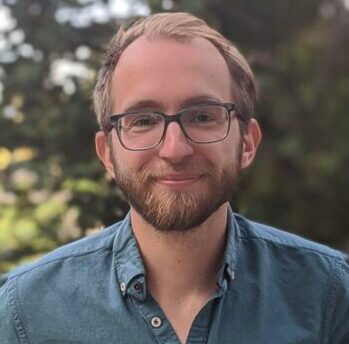Identifying the Role of Mechanosensation in the Decline of Stem Cell Homeostasis

Research Area
Aging
Grant Type
Fellowship
Year
2024
Abstract
As we age, our body’s ability to regenerate itself in response to injury gets progressively worse, leading to frailty and eventually death. A major reason this happens is that specialized cells in our bodies, known as stem cells, get worse at detecting problems and kicking off the regenerative process. Determining how and when these cells decide to activate is critical to combatting the increase in frailty and mortality-risk associated with getting older.
The goal of the proposed project is to investigate how the mechanical properties of the tissue influence the decision making of the resident stem cells. Previous work has shown that dormant stem cells are mechanosensitive and that our tissues get stiffer with age, due to imperfect healing and damage over a lifetime. This project will take muscle stem cells isolated from mice and model regeneration in a dish. We will simulate youthful versus aged tissue by coating the dishes with gels with the respective stiffnesses. We will then use microscopy to watch how the stem cells activate and differentiate on these gels to determine the impact of the mechanical properties. We then repeat these experiments with aged muscle stem cells to see how differently the older cells interpret the mechanical environment. The second aim of this project is to identify the genes that the stem cells use to sense stiffness using genome-wide CRISPR screening approaches. Determining both the logic and the genes involved in mechanosensation would unlock new approaches to combat aging-associated decline in the elderly.

